Dal Lake in Srinagar is a great place to visit in Kashmir. During the summer break, people like to go to the floating market, ride in shikaras, and stay in houseboats on the Jhelum River at night. It’s a big part of Jammu and Kashmir’s tourism and recreation, and it’s also a good place to fish and collect water plants for business. Around the lake’s 15.5-kilometer-long shore is a boulevard with gardens, parks, houseboats, and hotels from the Mughal era.
Dal Lake
From the shores of Mughal gardens like Shalimar Bagh and Nishat Bagh, which were built during the reign of Mughal Emperor Jahangir, you can see beautiful views of the lake. You can see the lake from the colourful shikaras that pull houseboats along the lake. During the winter, the temperature can sometimes drop as low as 12°F (-11°C), which is cold enough to freeze the lake.
The lake covers an area of 18 square kilometres and is part of a natural wetland that covers an area of 21.1 square kilometres. Floating gardens and lotus flowers that bloom in July and August are part of this. The wetland is split up into four basins by causeways. Gagribal, Lokut Dal, Bod Dal, and Nagin are the names of these basins.
People also think of Nagin as a separate lake. The names of the three islands in the middle of Lokut-dal and Bod-dal are Rup Lank, Char Chinari, and Sona Lank. Right now, a lot of restoration work is being done on the Dal and the two Mughal gardens on its edge, Shalimar Bagh and Nishat Bagh, to fix the lake’s serious eutrophication problems.
The Indian government is spending a lot of money—about US$275 million—to make the lake as pretty as it used to be. During the time of the Mughals, India’s rulers spent their summer vacations in Kashmir, especially in Srinagar. So that people could enjoy the healthy, cool weather, they built resorts with big gardens and pavilions in the Mughal style around the Dal in Srinagar.
Dal Lake Houseboat
When Aurangzeb died in 1707, the Mughal Empire fell apart, and Pashtun tribes moved into the area around the lake and city. For a number of years, the Afghan Durrani Empire ruled the city. The Hanji people of Kashmir built, owned, and took care of these houseboats. They used them to make things to sell at the market, which was the main way they made money.
There are also places to stay in Srinagar on the houseboats, which are close to Dal. People have called this place the Jewel in the Crown of Kashmir, because the Mughals, the Afghans, the Sikhs, and the Dogras have all ruled there. In 1814, the Afghans gave a large part of the Kashmir valley, including Srinagar, to Raja Ranjit Singh. In the area, the Sikhs became more powerful over the next 27 years.
By water, you can get to all five basins through navigation channels. About 5,194 feet above sea level is where the lake is. Nagin Lake has the deepest water at 20 feet, and Gagribal has the shallowest at 8.2 feet. The relationship between the deepest point and the shallowest point changes throughout the year. It goes from 0.29 to 0.25, which is considered to be a flat bed slope. The lake is 7.44 kilometres long and 3.5 kilometres wide.
Dal Lake Houseboat Interior
The lake is in the Zabarwan mountain valley, at the base of the Shankaracharya hills, which are 316 square kilometres and surround it on three sides. The lake is to the east and north of Srinagar city. It covers 18 square kilometres, but if you count the floating gardens of lotus blooms, it covers 21.2 square kilometres. The Nehru Park basin, the Nishat basin, the Hazratbal basin, the Nagin basin, and the Barari Nambad basin are all part of the main basin that drains the lake.
The basin of the lake is 15.5 kilometres long, and roads go all the way around it. Changes that can’t be undone happen when people move to cities. The lake is in the Zabarwan mountain, which has 316 square kilometres of catchment area. This makes it harder for the water in the lake to flow out. Because of this, there are now marshy areas on the edges, especially at the base of the Shankaracharya and Zahari Wan hills.
Dal Lake Floating Market
Since then, these muddy areas have been cleaned up and turned into large housing complexes. People have come up with different ideas about where this lake came from. One idea is that it is what is left of a lake that was there after the ice age but has grown and shrunk a lot over time. Another idea is that it was made by the Jhelum River, which turned it into an old oxbow or flood channel.
The fact that the catchment drains in a “dentifrice” pattern shows that the rock layers are not very porous. In lithography, you can see igneous, metamorphic, and sedimentary rocks, among others. People think that there are two main lines in Dachigam Telbal Nallah. Angled and parallel drainage patterns make the land’s surfaces look different from each other. There are many springs in the valley, which shows that the water table goes through the hills.
Dal Lake Char Chinar
On a map of India’s earthquake risk, the valley is in Zone V, which is the most dangerous area where IX earthquakes are likely to happen often and cause damage. In 2005, an earthquake with a magnitude of 7.6 hit the Kashmir Valley. It killed a lot of people, destroyed a lot of homes, and left a lot of people without a place to live.
Dal Lake is a warm, clear lake that is part of a group of lakes that are found in subtropical areas. There isn’t enough information to know how much spring sources add to the flow. To solve this problem, water balance studies have been done to look at the flow and try to figure out how much the springs in the lake bed add to the flow.
Dal Lake Shikara
The land in the valley is used in a complicated way, which you can see in the city of Srinagar in the north. On the lower slopes, there are rice fields, orchards, and gardens. Behind the steeply sloping hills are empty hills. The way water drains is also affected by how flat the land is.
The area around Dal Lake gets an average of 25.8 inches of rain a year, but in the summer, the melting snow on the area’s higher peaks sends a lot of water into the lake. Nagin Lake is connected to Anchar Lake by the rivers Dalgate Nallah and Aamir Khan Nallah. Dalgate is run by a system of weirs and locks. People think that 275.6 million cubic metres of water flow out of these two outlets.


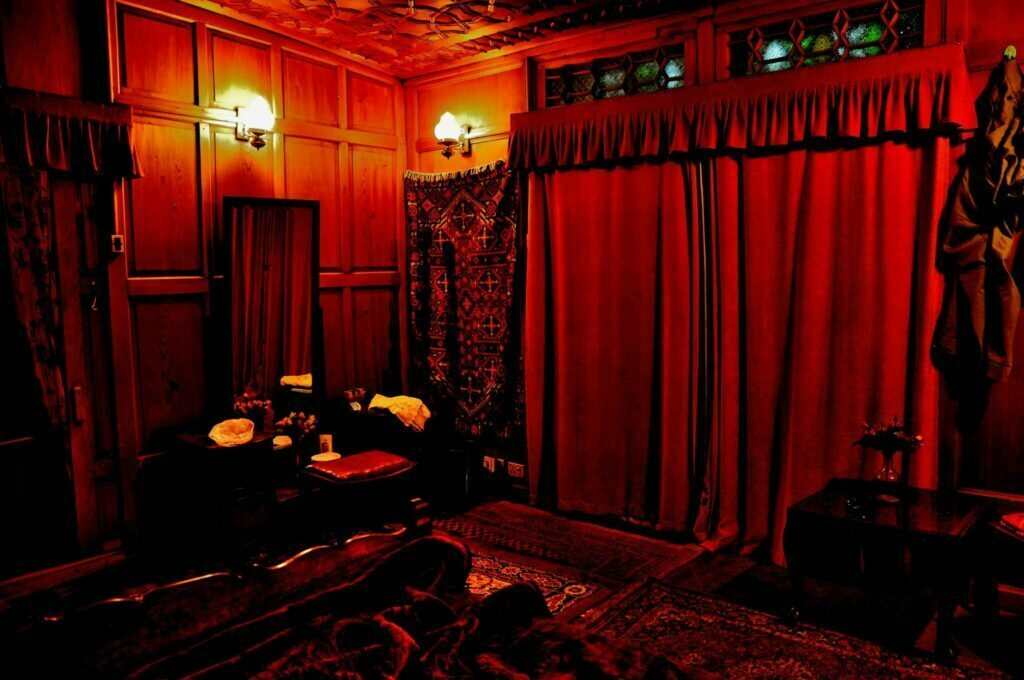
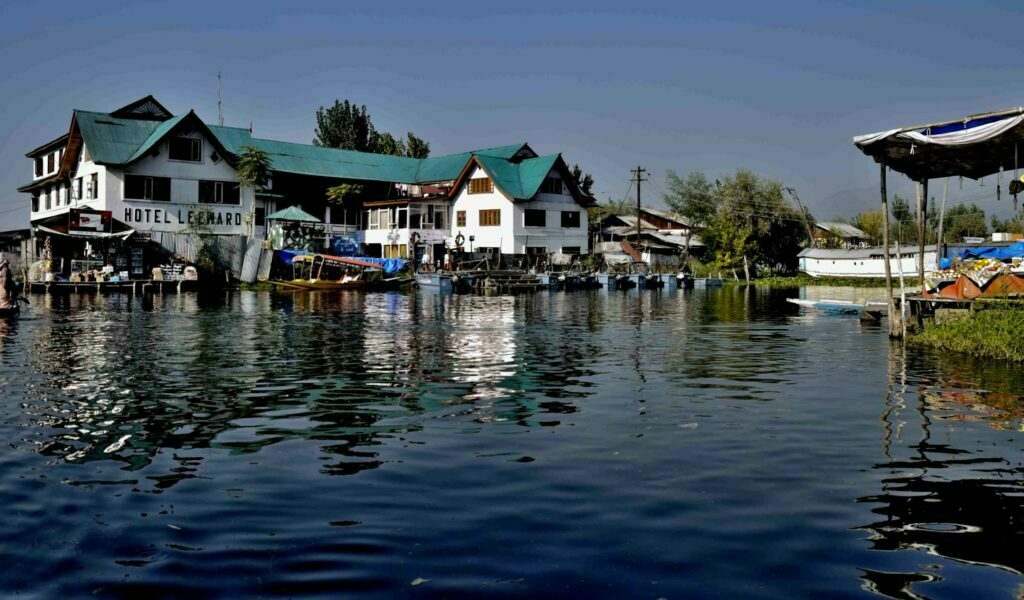
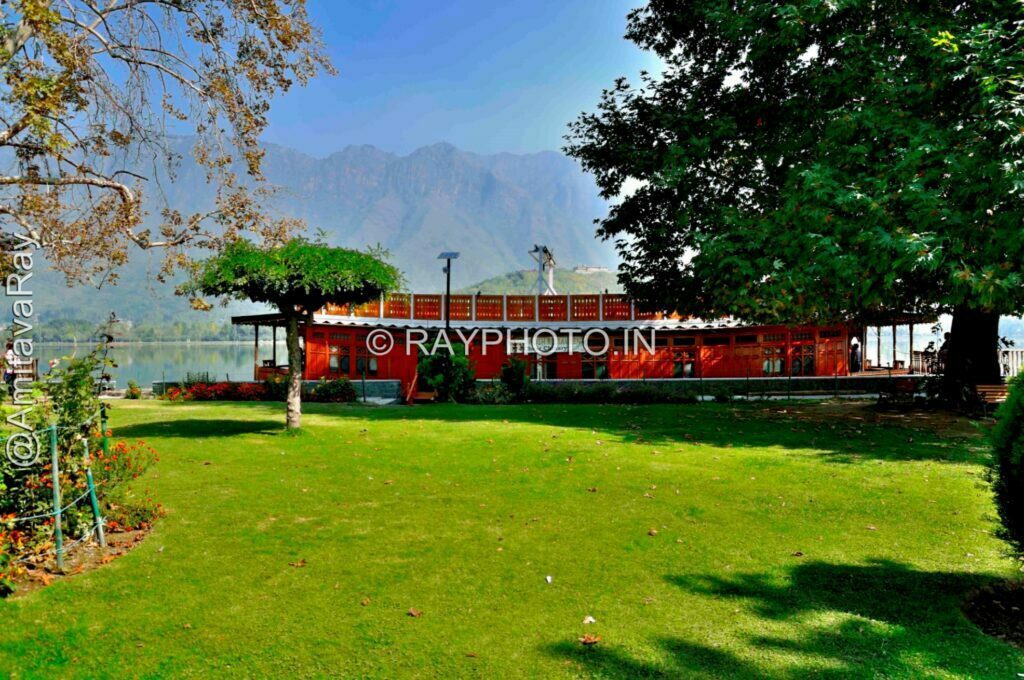

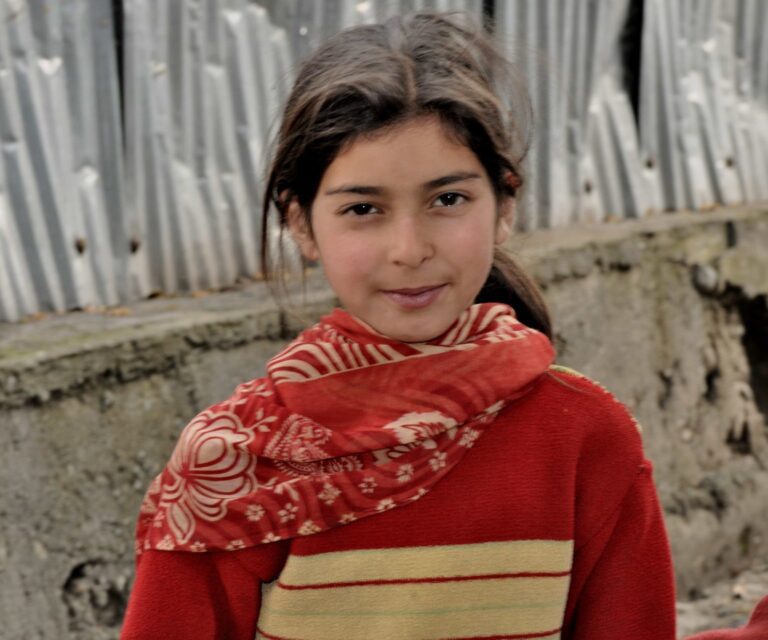

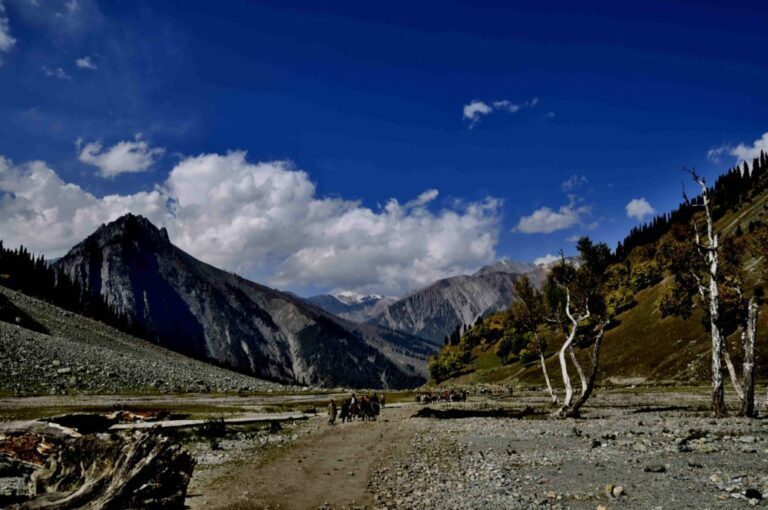

Houseboat in dal lake Srinagar, floating market, shikara rides, romantic nights on Jhelum river kashmir are the main attraction in tourism of Kashmir in summer vacation